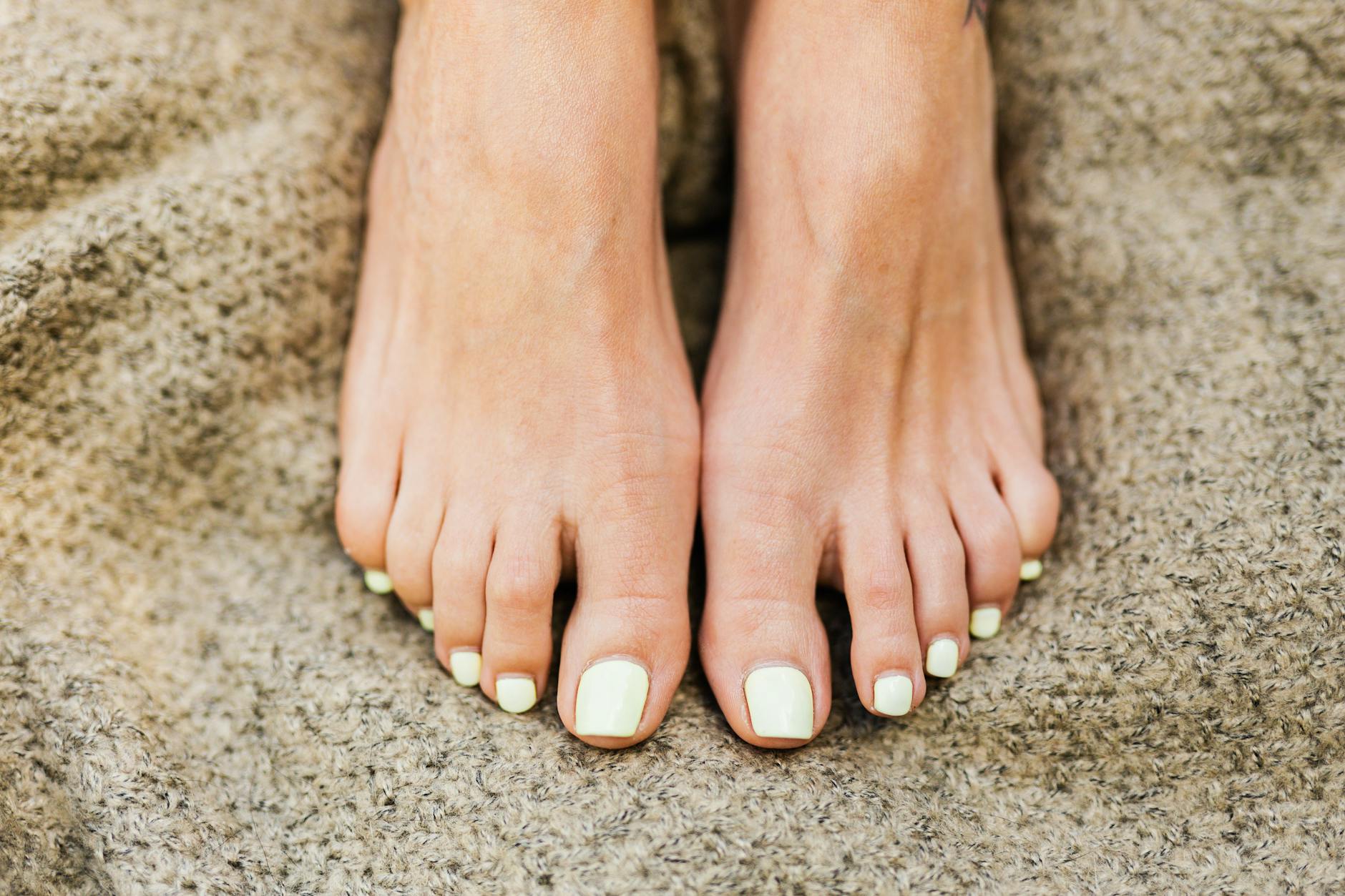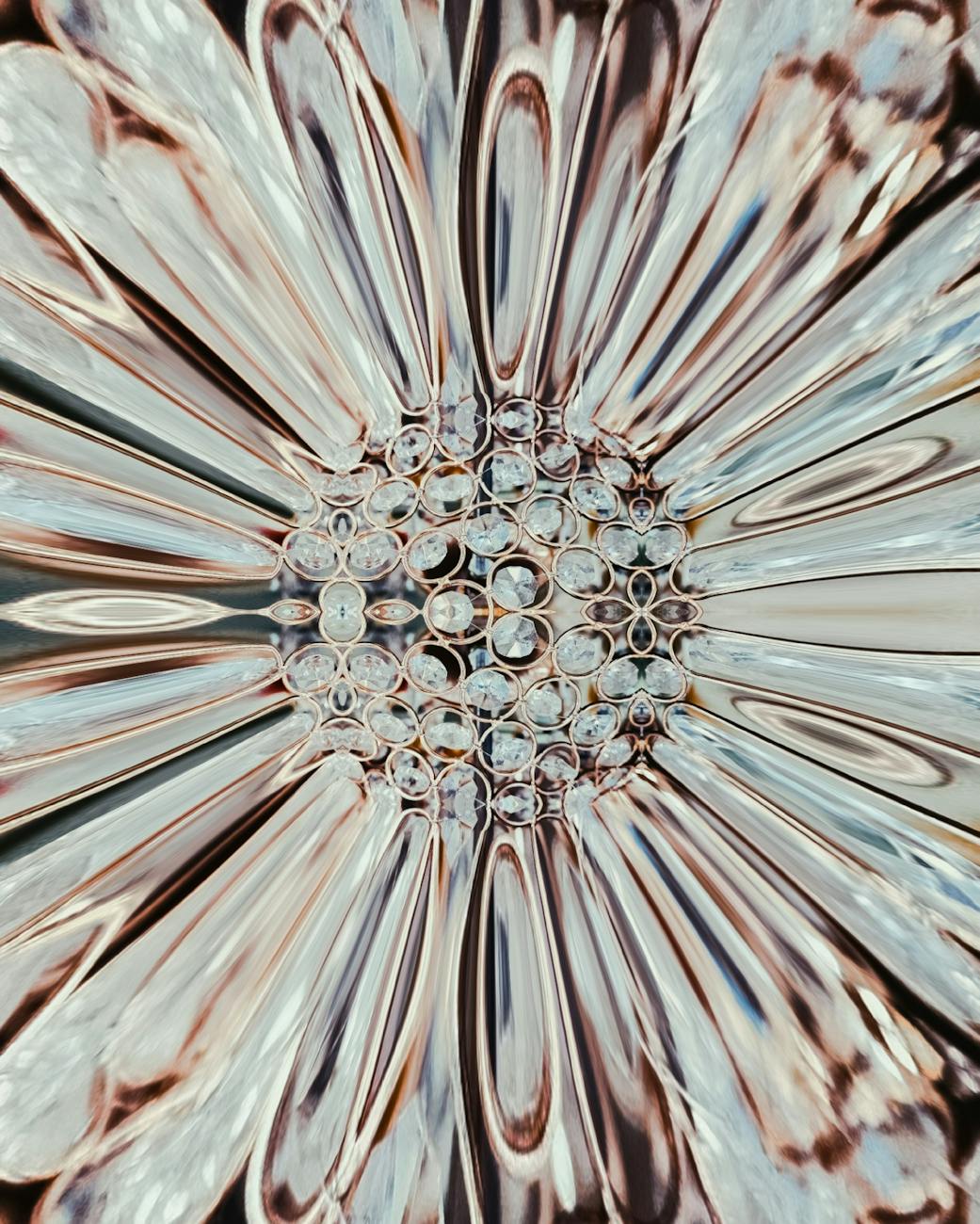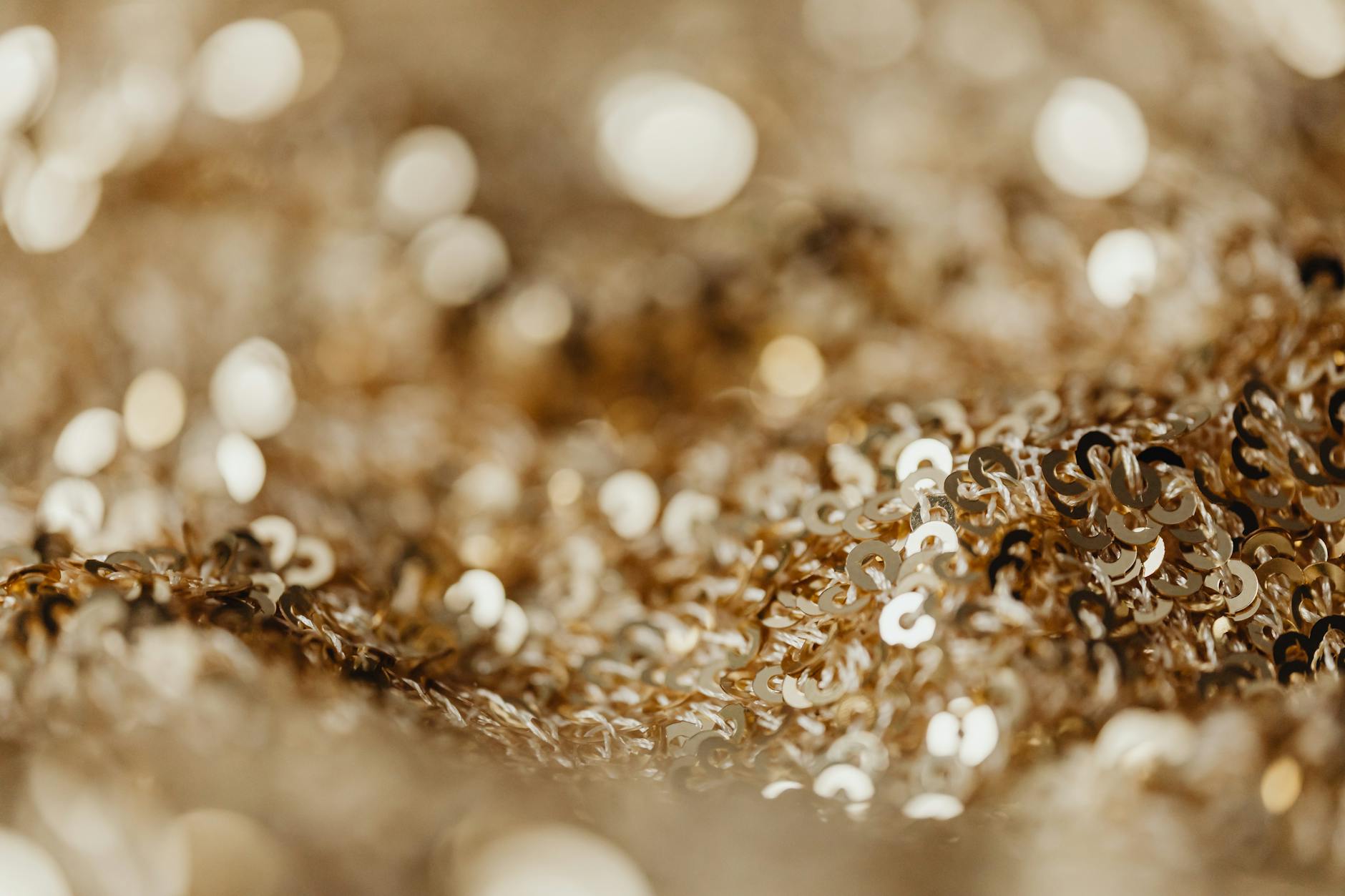Feet work hard every single day. They carry body weight, go through long hours in shoes, and often face dust, heat, and rough surfaces. Yet, foot care is one of the most neglected parts of a self-care routine. This is where a pedicure plays an important role.
A pedicure is not only about nail polish or pretty toes. It is a complete foot care treatment that improves hygiene, keeps feet healthy, and adds a touch of relaxation. Pedicures have been practiced for centuries, and today they are among the most popular spa and salon treatments worldwide.
This article explains what a pedicure is, the different types, the step-by-step process, and the many benefits it offers. It also includes simple, practical tips for keeping feet healthy and beautiful.
What is a Pedicure?
The word pedicure comes from Latin: pes (foot) and cura (care). Simply put, a pedicure means foot care. It involves cleaning, exfoliating, trimming nails, moisturizing, and often includes a relaxing massage. Some pedicures also include nail polish or advanced treatments like paraffin wax for extra hydration.
Pedicures can be done at home or in a professional salon. They are not just cosmetic treatments. Regular pedicures also prevent foot problems, improve circulation, and boost confidence.
Types of Pedicures
Pedicures come in many styles. Choosing the right one depends on your needs, budget, and lifestyle.
1. Classic Pedicure
The most common type. It includes soaking, scrubbing, nail shaping, cuticle care, massage, and polish.
Tip: A good option for monthly maintenance.
2. Spa Pedicure
A more luxurious version. It adds scrubs, masks, and longer massages for relaxation.
Tip: Great for stress relief after a long week.
3. Gel Pedicure
Uses gel polish instead of regular polish. It lasts longer and does not chip easily.
Tip: Ideal for vacations or special events.
4. Paraffin Pedicure
Feet are dipped in warm paraffin wax. It hydrates dry skin and relaxes stiff joints.
Tip: Best for winter or for people with very dry skin.
5. French Pedicure
Features a natural pink or nude base with white nail tips. Known for its clean, elegant look.
Tip: Perfect for a neat and polished style.
6. Medical Pedicure
Done by trained professionals, often for people with foot issues like corns, calluses, or fungal infections.
Tip: Recommended if you face recurring foot problems.
Step-by-Step Pedicure Process
While methods may vary, most pedicures follow a simple process:
- Soak Feet – Warm water with salts or essential oils softens the skin.
- Exfoliate – Dead skin is scrubbed away with pumice stone or scrubs.
- Nail Care – Nails are trimmed, shaped, and cleaned. Cuticles are pushed back or gently trimmed.
- Massage – Creams or oils are used to massage feet and lower legs, improving blood flow.
- Moisturize – Hydrating lotion keeps skin soft and prevents cracks.
- Polish (Optional) – Nail polish or gel is applied for a finishing touch.
Practical Tip: If doing a pedicure at home, always sanitize tools to avoid infections.
Benefits of a Pedicure
Pedicures are more than a cosmetic treat. They bring both health and beauty benefits.
1. Better Hygiene
Cleaning and scrubbing keep feet free of dirt, sweat, and bacteria. This reduces odor and the risk of fungal infections.
2. Nail Health
Regular trimming and shaping prevent ingrown nails. Cuticle care helps nails grow stronger.
3. Smooth Skin
Exfoliation removes dead skin, preventing calluses and rough patches. Feet look and feel soft.
4. Improved Circulation
Massage stimulates blood flow, reduces swelling, and eases tired muscles.
5. Stress Relief
A pedicure session offers relaxation, reduces tension, and boosts mood.
6. Hydration
Moisturizing treatments prevent dryness, especially in cold weather. Hydrated feet stay healthy and crack-free.
7. Early Detection of Issues
Professionals can spot signs of infections, corns, or nail disorders during a pedicure.
8. Enhanced Appearance
Well-groomed feet look attractive in sandals, open shoes, or barefoot at the beach.
9. Anti-Aging Benefits
Healthy circulation and hydrated skin slow down visible signs of aging in the feet.
10. Confidence Boost
Neat nails and smooth feet make you feel more confident in any footwear.
How Often Should You Get a Pedicure?
- Active lifestyle (daily walking, sports, closed shoes): Every 3–4 weeks
- Low activity (minimal walking, naturally smooth skin): Every 6–8 weeks
Tip: In between salon visits, moisturize feet daily and file rough skin once a week.
Pedicure at Home vs. Salon
At Home
- Budget-friendly
- Can be done anytime
- Needs tools like a nail cutter, scrub, pumice stone, and lotion
At Salon
- Professional care and advanced treatments
- Relaxing spa experience
- Safer for those with foot problems if done by trained staff
Tip: For best results, mix both. Maintain at home and visit a salon once in a while.
Practical Tips for Healthy Feet
- Always pick a clean salon with sterilized tools.
- Avoid shaving legs before a pedicure to prevent irritation.
- Wear open-toed sandals after polish to avoid smudges.
- Use breathable nail polish or give nails a polish-free break sometimes.
- Moisturize feet daily with cream or natural oils.
- People with diabetes or foot conditions should consult a doctor before pedicures.
Conclusion
A pedicure is not just about beauty. It is a healthy habit that keeps your feet clean, strong, and relaxed. Regular pedicures prevent infections, smooth rough skin, improve blood flow, and add confidence. Whether done at home or in a spa, foot care contributes to overall wellness.
Disclaimer
This article is for informational purposes only. Pedicures are generally safe for most people, but if you have medical conditions such as diabetes, fungal infections, or circulation issues, consult a healthcare professional before trying salon treatments.



